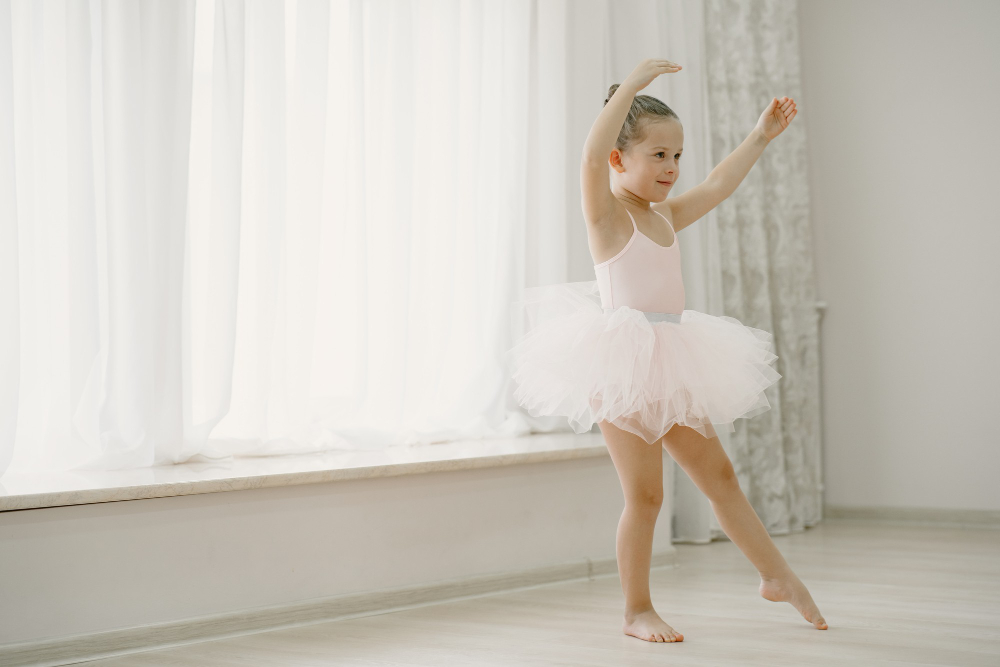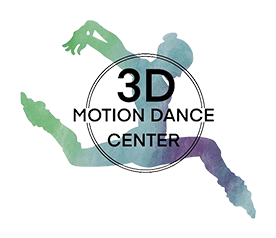Essential Tips for Natural Ballet Spinning

Turns are one of the most captivating elements of ballet, yet they're often the most challenging to master. Whether you're spinning through pirouettes, fouettés, or chaînés, achieving smooth, controlled turns requires more than just hope and momentum. This guide will walk you through proven techniques to help you become a natural turner, transforming wobbly attempts into graceful rotations that flow effortlessly across the studio floor.
The Foundation: Proper Alignment and Posture
Before attempting any turn, your body must be properly aligned. Think of your spine as a central axis—everything else revolves around this core structure.
Find Your Center
Stand tall with your shoulders directly over your hips and your head balanced on top of your spine. Your weight should be evenly distributed across both feet, with your core gently engaged. This neutral position becomes your home base for all turning movements.
Engage Your Core
Your abdominal muscles act as your body's natural corset, providing stability during rotation. Practice drawing your navel gently toward your spine while maintaining normal breathing. This engagement should feel supportive, not tense.
Spotting: Your Secret Weapon Against Dizziness
Spotting is the technique that separates confident turners from those who stumble out of rotations. This method involves keeping your eyes fixed on a single point for as long as possible, then quickly whipping your head around to find that same spot again.
How to Spot Effectively
Choose a point at eye level directly in front of you. As you begin your turn, keep your eyes on this spot while your body starts to rotate. When you can no longer maintain eye contact with your spot, quickly snap your head around to find it again. Your head should be the last thing to leave your spot and the first thing to return to it.
Practice Spotting Without Turning
Stand facing a mirror and practice the head movement alone. Turn your body slowly to the right while keeping your eyes on your reflection. When you can no longer see yourself, quickly turn your head to find your eyes in the mirror again. Repeat this exercise until the movement becomes automatic.
Building Turn Strength and Technique
The Relevé Foundation
Most ballet turns happen on relevé (on the balls of your feet), so building strength in this position is crucial. Practice rising to relevé and holding the position for 30 seconds at a time. Focus on pressing down through the balls of your feet while reaching up through the top of your head.
Preparation Position
Your preparation sets the tone for your entire turn. Whether you're preparing from fourth or fifth position, make sure your weight is properly distributed and your supporting leg is strong. The preparation should feel like a coiled spring, ready to release energy into the turn.
The Art of the Passé
For pirouettes, your working leg typically comes to passé position (toe touching the side of the supporting knee). Practice holding this position while maintaining your balance. Your working leg should feel light and lifted, not heavy or gripped.
Common Turning Mistakes and How to Fix Them
Traveling During Turns
If you find yourself moving across the floor during turns, check your preparation. Make sure your weight is centered over your supporting foot before you begin. Also, avoid leaning into the turn—stay lifted and centered throughout the rotation.
Losing Balance on the Landing
A controlled finish is just as important as a strong start. As you complete your turn, think about growing taller rather than sinking down. Your supporting leg should remain strong, and your arms should return to a stable position.
Rushing the Preparation
Many dancers rush through their preparation, but this setup phase is crucial for successful turns. Take time to establish your balance, engage your core, and set your arms properly before initiating the turn.
Advanced Turning Techniques
Multiple Pirouettes
Once you've mastered single turns, you can work toward multiples. The key is maintaining the same technique throughout each rotation. Don't try to force extra turns—let them happen naturally as your technique improves.
Different Types of Turns
Explore various turning movements like tours jetés, barrel turns, and switch leaps with turns. Each type requires specific technique modifications, but the fundamental principles of alignment, spotting, and core engagement remain constant.
Turning in Different Directions
Most dancers have a preferred turning direction, but developing both sides equally will make you a more versatile performer. Practice your weaker side more frequently to build symmetry.
Mental Strategies for Better Turns
Visualization Techniques
Before attempting a turn, visualize yourself completing it successfully. See yourself maintaining perfect balance, executing clean spotting, and landing with control. This mental rehearsal can significantly improve your physical performance.
Breathe Through Your Turns
Many dancers hold their breath during turns, which creates tension and reduces stability. Practice breathing normally throughout your rotations. Some dancers find it helpful to exhale during the turn and inhale on the preparation.
Stay Positive and Patient
Turning skills develop over time, and progress isn't always linear. Celebrate small improvements and don't get discouraged by off days. Every dancer, even professionals, has moments when their turns feel challenging.
Practice Strategies That Work
Start Small
Begin with quarter and half turns before attempting full rotations. This allows you to focus on proper technique without the complexity of multiple revolutions.
Use the Barre
Practice your turning preparations and relevés at the barre. This provides support while you develop the necessary strength and muscle memory.
Record Yourself
Video recordings can reveal technical issues you might not notice while dancing. Watch your turns in slow motion to identify areas for improvement.
Building Your Turning Stamina
Conditioning Exercises
Incorporate exercises that build the specific muscles used in turning. Calf raises, single-leg balances, and core strengthening exercises will all contribute to better turns.
Consistent Practice
Regular practice is more effective than occasional intensive sessions. Dedicate a few minutes to turning practice in each ballet class or home workout.
Take Your Turns to the Next Level
Mastering turns takes time, patience, and quality instruction. While these tips provide a solid foundation, working with experienced ballet teachers can accelerate your progress and help you avoid developing bad habits that are difficult to correct later.
If you're looking for ballet classes in Apopka, FL, contact 3D Motion Dance Center today to sign up for a free trial class. Their experienced instructors can provide personalized guidance to help you achieve the natural, flowing turns you've always wanted to master.
